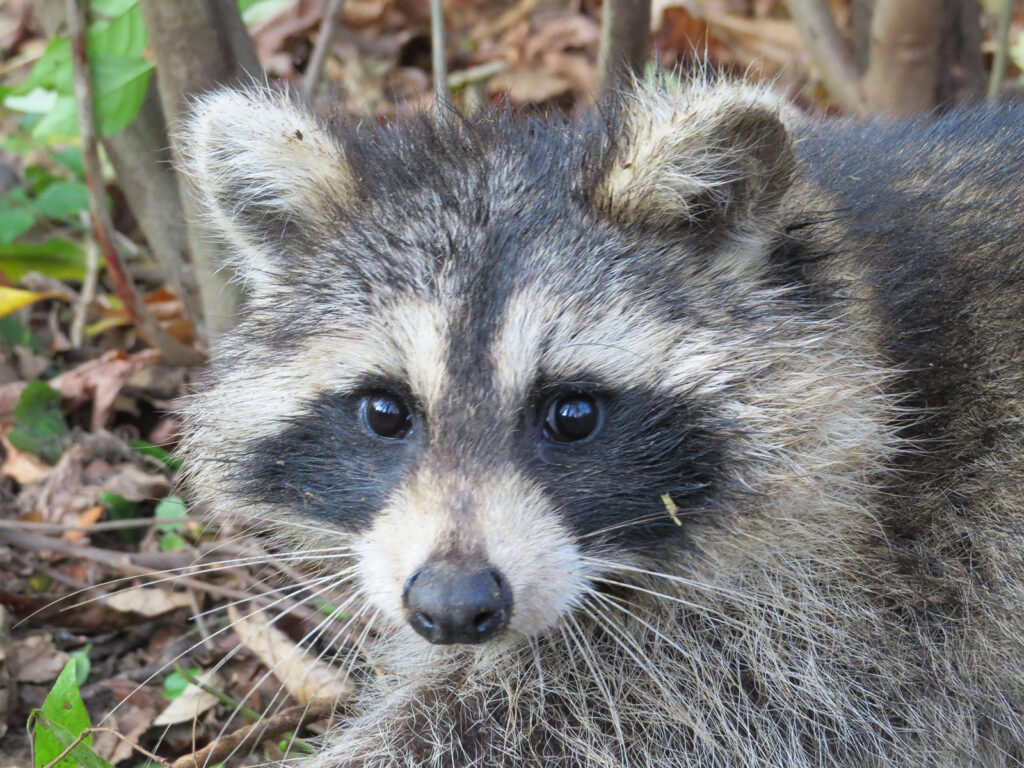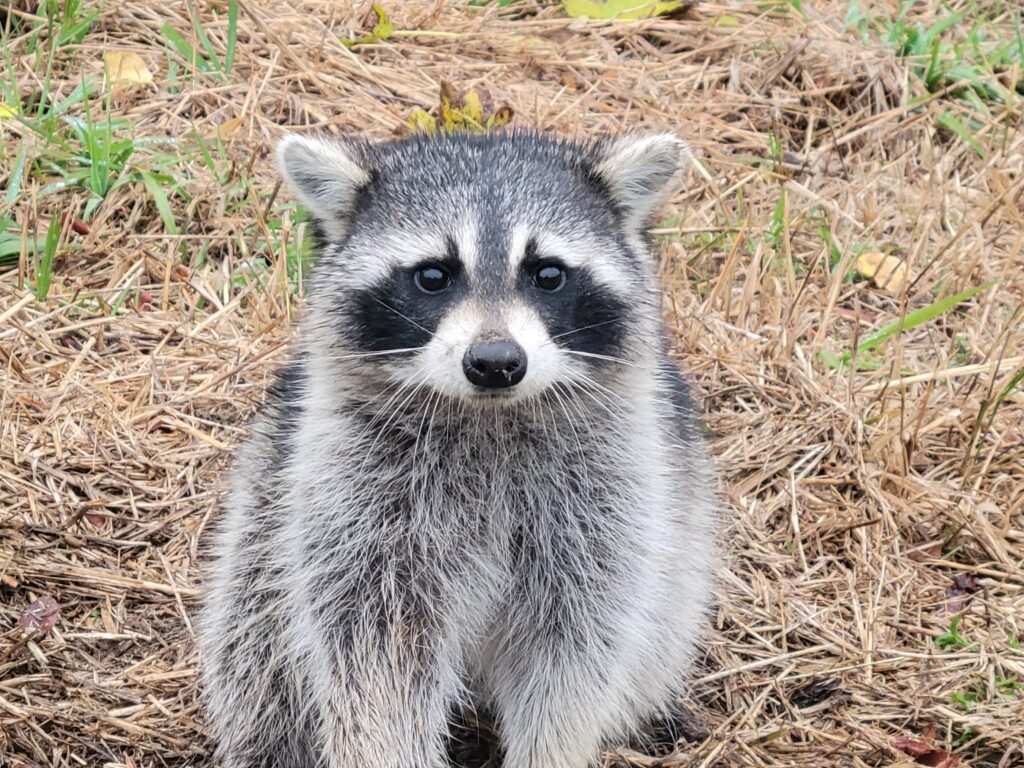Raccoons are medium-sized mammals often found in the woods. They are nocturnal and spend most of their day up in trees. When raccoons touch water with their paws, their tactile nerves’ responsiveness improves. As a result, they are able to determine more easily what they are feeling for under rocks and in dirty water, even at night, and make successful attempts at catching their prey. The name “raccoon” is derived from the Native American “arocoun.” They are found only in North and Central America.
| Appearance | Raccoons have long, soft fur that is blackish-brown in color. They have bushy tails with rings of light and dark fur in an alternating pattern. They also have a black strip of fur along their cheeks and eyes that gives them a masked appearance. |
| Length | Around 28 to 38 inches including a 10 inch tail |
| Weight | Anywhere from 10 to 30 pounds |
| Habitat | Raccoons often live near bodies of water, and they can also be found along ridges and in suburban areas. Unlike some wild animals, they adapt well to living around people. |
| Food | Acorns, apples, beechnuts, berries, corn, grass, leaves, beetles, crickets, earthworms, fish, frogs, grasshoppers, mice, eggs, and more |
| Predators | Bobcats, foxes, owls, dogs, and coyotes |
| Location in Pennsylvania | Statewide |
| Extra facts | Male raccoons are generally larger than female raccoons. They can catch fish and other small prey with their forefeet. Raccoons are slow runners but they are strong swimmers. They typically live for about 10 years in the wild. |

Complaints
Raccoons can eat livestock like poultry and will make a mess of garbage in any cans or bags not properly housed near the home. They will also eat dry cat and dog food if it is left outside the home. Raccoons can make their homes inside buildings like garages, attics and anywhere there is an opening small enough for them to enter. Raccoon feces is known to carry a roundworm that can make its host inside of humans when proper care is not taken while cleaning up the feces and dirt left behind these animals. Raccoons can carry and transmit rabies, distemper, and mange.
Solutions
Poultry should be housed appropriately so that predators cannot get into the pens. Broken windows, doors and external openings should be repaired so that these animals cannot enter the buildings. Raccoons can be trapped using foothold traps and cage traps. They can be shot with firearms.

For more information about raccoons, check out the Pennsylvania Game Commission’s wildlife notes.
Special note concerning rabies vector (carrier) species. Rabies is a contagious, potentially fatal disease transmitted from one infected animal to another through a bite or scratch. Humans are susceptible to rabies and prompt medical attention is necessary. With this in mind, all rabies vector species trapped or removed by wildlife professionals must be humanely dispatched rather than relocated. Pennsylvania rabies vector species include skunks, raccoons, foxes, groundhogs, bats and coyotes.
